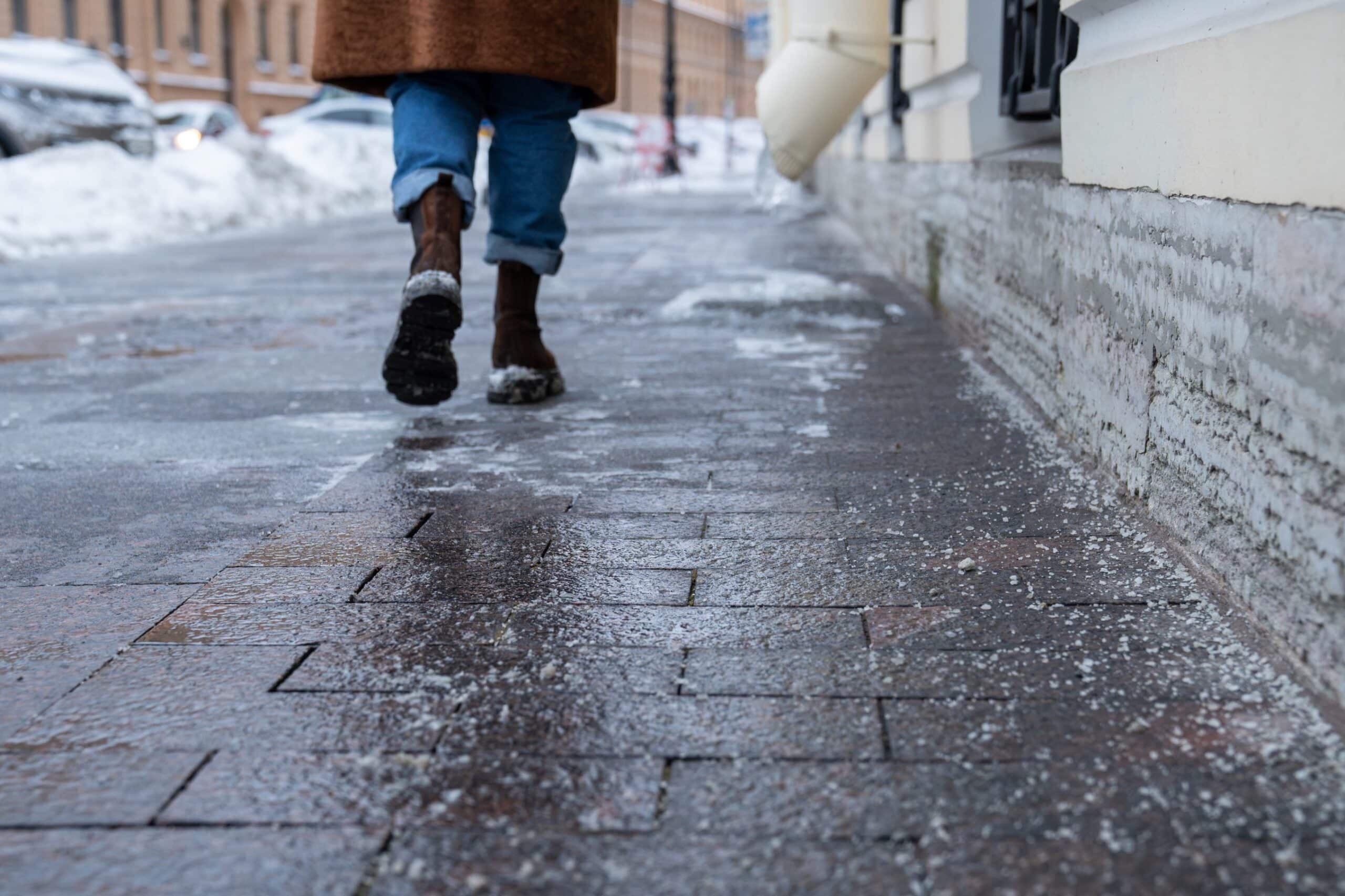Slip and falls also happen fairly often and will definitely cause some pretty nasty injuries…
Proving Liability in a Slip and Fall Case – Guest Post

To win a slip and fall case, you need to be able to prove liability. This means proving duty, negligence and damages. You’ll need to demonstrate that the owner or occupier of a property had a duty of care, breached it by not using reasonable care, and that damages occurred as a result.
When you have a strong personal injury lawyer, proving liability shouldn’t be an issue. Here are some factors to consider when trying to prove liability in a slip and fall case.
Duty of Care
Owners and occupiers of property owe individuals a duty of care when those individuals enter their property. This duty of care means they’re obligated to fix dangers or warn visitors about dangers. They also need to use reasonable care to find dangers which might not be obvious immediately.
To establish liability in a slip and fall case, you must prove that somebody owed you a duty of care. For example, if you shop at a store, the shop owner owes you a duty of care because you are an invitee – the shop owner is inviting you to shop on their property. Because of this invitation, the shop owner is responsible for repairing/maintaining their premises so invitees such as yourself don’t get hurt.
Negligence
In order to establish liability in a slip and fall case, you have to demonstrate the owner or occupier of a property breached their duty of care by being negligent. This usually involves demonstrating a property owner or occupier knew or should have known about a danger but didn’t take reasonable steps in order to address it.
Negligence must be proven to establish liability in a slip and fall case.
Causation and Damages
You need to be able to prove that the breach of duty by a property owner or occupier led to you suffering damages. These can be economic damages, such as medical bills stemming from an injury. These can also be non-economic damages, such as physical pain and mental suffering.
It is important to seek medical attention for any injuries in a slip and fall accident as quickly as possible. The longer you wait to seek medical attention, the more difficult it is to prove that your slip and fall accident caused your injuries.
Foreseeable Harm
Foreseeability means a property owner’s or occupier’s anticipation that some acts could reasonably lead to some consequences. This helps to determine if a property owner or occupier can be found liable for an injury suffered by a visitor.
When dangers on properties aren’t foreseeable, owners can’t be expected to prevent them.
Risks’ foreseeability depend on numerous factors. Typically, the following examples could be considered foreseeable:
- Visitors slipping and falling because liquid was spilled and not cleaned up in a reasonably prompt manner
- Visitors getting electrocuted by exposed electrical wiring
- Visitors falling through manholes which aren’t properly closed
- Visitors falling because of long-standing issues with staircases
Property owners and occupiers have a responsibility to make sure visitors have a safe environment and to protect visitors from foreseeable harm.
Examples of things which may not be foreseeable include
- Natural disasters
- Third parties’ criminal acts
- Other visitors’ behavior
Proving Liability
You need evidence to prove liability in a slip and fall case. This evidence can include:
- Medical records
- Witness statements
- Maintenance records
- Videos or photographs
- Expert testimony
- Inspection reports
When your evidence is properly documented, it makes your case that much easier to win.
